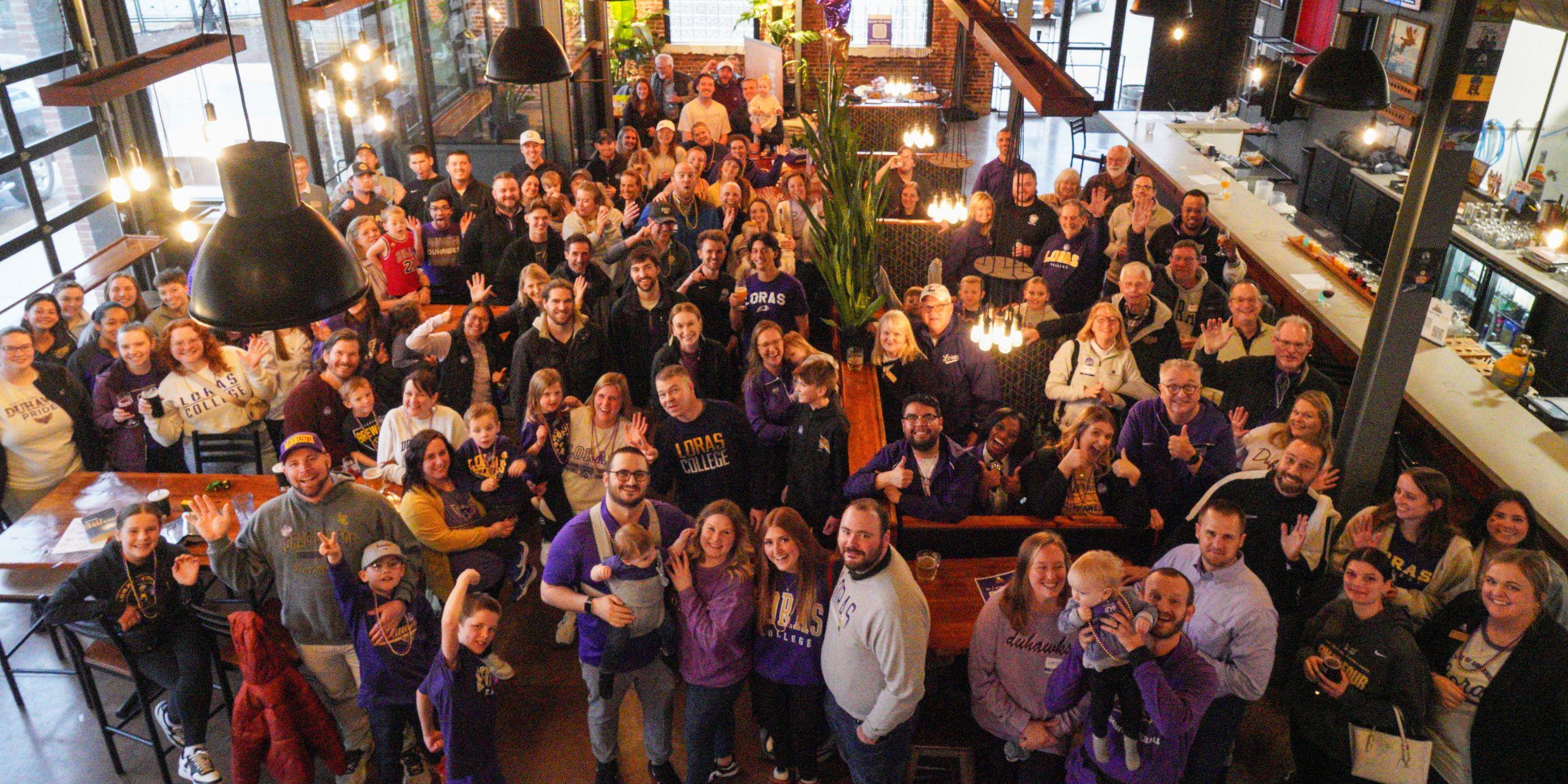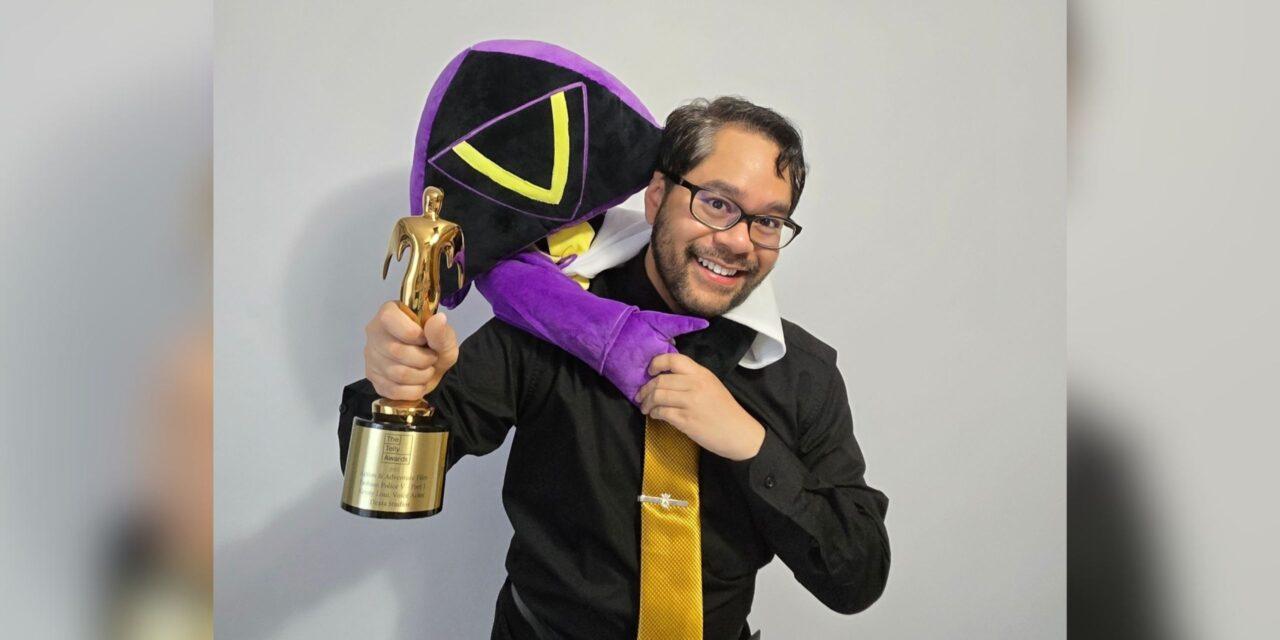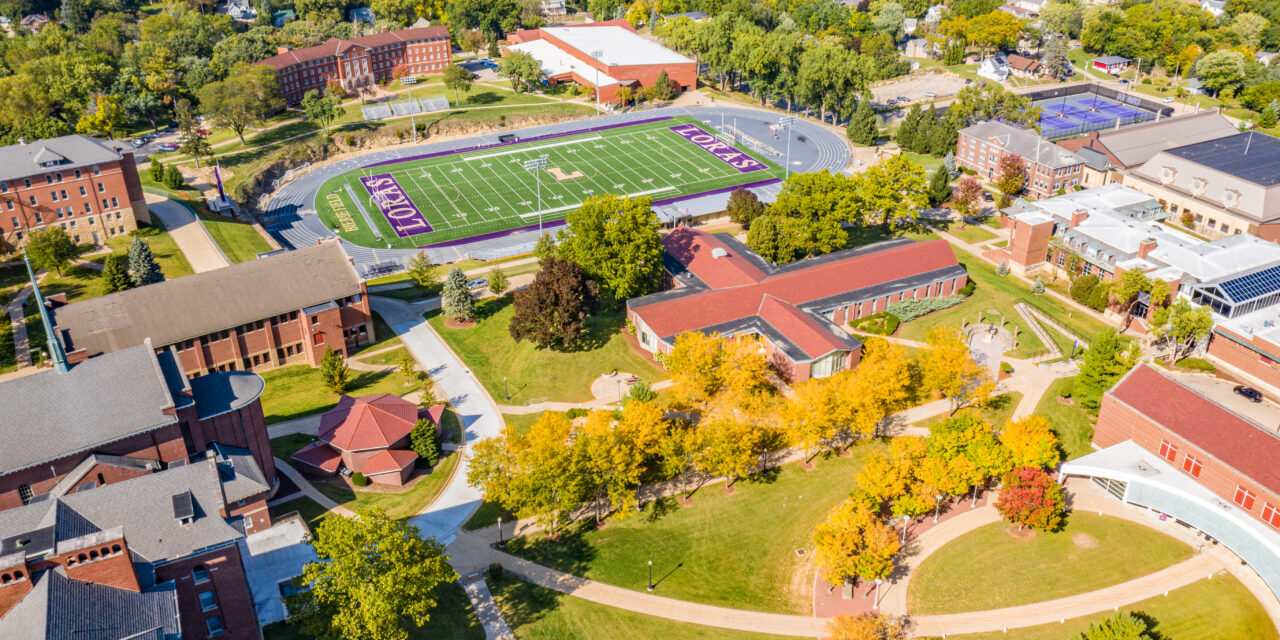Let me tell you something about soccer shoes that most people won't admit - you're probably either overspending dramatically or cheating yourself with inadequate footwear. I've been playing competitive soccer for over fifteen years, coaching youth teams for the past six, and I've seen everything from players wearing $300 cleats who can barely control a simple pass to talented athletes held back by shoes that literally fell apart during matches. The sweet spot for quality soccer shoes isn't where most marketing departments want you to think it is.
Just last weekend, I watched State University's remarkable turnaround in their championship defense, where they evened their record to 2-2 after four attempts. What struck me wasn't just their persistence but noticing how their footwear choices seemed to evolve throughout their journey. Early in the season, I spotted several players wearing flashy, expensive models that clearly hadn't been broken in properly, contributing to some clumsy first touches. By their fourth match, the celebration on the QPav floor featured players wearing more practical, game-ready footwear that clearly supported their technical execution. This isn't coincidental - there's a real correlation between appropriate footwear and performance that goes beyond mere superstition.
The soccer shoe market has become ridiculously stratified. You can find options ranging from $30 discount bin specials to $450 limited edition professional models. After testing dozens of pairs over my career, I can confidently say the relationship between price and performance isn't linear. The difference between $50 shoes and $150 shoes is substantial - better materials, improved construction, enhanced comfort. But the jump from $150 to $300? That's where you're paying for marginal gains that most amateur players won't even notice. I made this mistake myself early in my playing days, convinced that pricier meant better. The reality is that beyond a certain threshold, you're paying for branding and professional endorsements rather than tangible performance benefits.
Let me break down what actually matters in soccer shoes. The upper material needs to provide adequate touch and control - synthetic leathers in the $80-150 range typically offer the best balance of durability and performance. The soleplate and stud configuration should match your primary playing surface. For firm ground surfaces, which most recreational players encounter, conical studs provide the stability you need without breaking the bank. I've found that spending between $90 and $140 typically gets you excellent technology that would have been considered professional-grade just five years ago. The sweet spot right now sits around $120 for most serious recreational players.
Consider this - the average professional player goes through 10-12 pairs per season, with clubs spending approximately $1,500-$2,000 per player annually on footwear. But they're playing at an intensity and frequency that recreational players simply don't match. For someone playing twice weekly, a good pair should last at least one full season. I typically recommend allocating 2-3% of your annual sports budget to footwear if you're serious about improvement. For context, that means if you spend $500 annually on league fees, training, and equipment, $100-150 on shoes makes perfect sense.
What many players overlook is proper fitting. I've seen people spend $250 on shoes that are half a size too small because they wanted the latest model everyone was talking about. The best shoe for you isn't necessarily the most expensive - it's the one that fits your foot shape and playing style. Personally, I have slightly wider feet, so I tend to favor brands that offer multiple width options, even if it means skipping the trendiest releases. This preference has saved me countless blisters and improved my comfort on the pitch dramatically.
The used market presents an interesting opportunity that many players overlook. Premium shoes that retailed for $200+ often sell for under $100 when last season's models hit the resale market. I've purchased several barely-worn pairs this way and performed just as well as teammates wearing current-season footwear. The technology year-over-year improvements are often minimal - manufacturers count on our psychological desire for the "latest and greatest" to drive sales. Unless you're playing at an elite competitive level, last season's technology will serve you perfectly fine.
Let's talk about specialization. The same way you wouldn't use a Formula 1 car for your daily commute, you shouldn't buy ultra-specialized soccer shoes unless your playing conditions demand it. Most recreational players need a good all-around firm ground shoe, not separate pairs for artificial grass, hard ground, and soft ground. I made this mistake early in my coaching career, recommending highly specialized footwear to youth players who would have been better served by versatile options. Now I advise starting with one quality multi-surface pair before considering specialization.
Maintenance plays a crucial role in maximizing your investment. Proper cleaning, rotation between pairs if possible, and appropriate storage can extend your shoes' lifespan by 40-60%. I've managed to make quality $130 shoes last nearly two full seasons with proper care, while watching teammates destroy the same models in under six months through neglect. It's not just about the initial purchase price but the cost per wear that truly matters.
Looking at State University's turnaround, I noticed their coaching staff seemed to have standardized around practical footwear choices by their successful matches. There's a lesson here - when you find equipment that works, stick with it rather than chasing every new release. The confidence that comes from familiar, reliable gear can be as valuable as any technological advancement. Their celebration on the QPav floor wasn't just about finally winning - it was about finding what worked and executing with consistency.
Ultimately, the right amount to spend on soccer shoes depends on your commitment level, playing frequency, and specific needs. For most serious recreational players, I firmly believe the $90-140 range represents the optimal balance of quality, performance, and value. Spending less often means compromising on crucial elements that affect your game, while spending more typically means paying for prestige rather than performance. Your money would be better invested in additional training sessions or quality coaching rather than ultra-premium footwear. The beautiful game should be accessible, and smart equipment choices help ensure financial barriers don't prevent players from reaching their potential.




